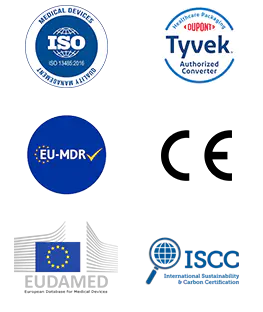Plasma indicator tape is an intelligent detection material specially used for vacuum systems and plasma processes. It provides real-time feedback on key parameters through special physical and chemical changes. It can intuitively display plasma states and micro-leaks that are invisible to the human eye.
Content
1. Precautions for the use of plasma indicator tape
(1). Surface pretreatment
Before pasting, the surface to be tested must be cleaned with acetone or isopropyl alcohol. After wiping, let it stand for 2 minutes to ensure that the solvent is completely evaporated. The surface energy after treatment should be ≥38dyn/cm, which can be verified by a dyne pen test. Do not touch the adhesive surface directly with your fingers to avoid oil contamination that may cause a decrease in sensitivity.
(2). Pasting operation
After peeling the indicator tape from the anti-static release film, slowly roll it along one end and apply a uniform pressure of 0.5-1kg/cm². Use a silicone scraper to push the edge to eliminate bubbles. Small bubbles with a diameter of ≤1mm are allowed. After pasting, let it stand for 5 minutes to allow the adhesive layer to fully level. Repeated peeling and pasting are strictly prohibited. Each re-pasting will cause the adhesive to decrease by more than 50%.
2. Failure Criteria of Plasma Indicator Tape
(1) Physical Failure Criteria
Substrate damage: visible cracks (length > 2mm) or delamination occur, and the substrate undergoes irreversible warping (bending radius > 15°).
Adhesive failure: adhesive surface residual area > 5% (affecting re-adhesion), peel strength drops to less than 30% of the initial value (must be tested with a tensile tester).
Contamination and corrosion: irremovable particle contaminants adhere to the surface (particle size > 50μm and density > 3/cm²), and the substrate is eroded by plasma to form holes (diameter > 1mm).
(2) Chemical Failure Criteria
Abnormal color change reaction: under standard conditions (such as 50W argon plasma), the color change time exceeds the nominal value by ±30%, and the color change area shows non-uniform diffusion (color spot diameter difference > 20%).
Coating failure: sensitive coating peeling area > 10% (microscope observation), ΔE value drops > 40% after repeated use (spectrophotometer detection). Chemical stability damage: Substrate embrittlement occurs after exposure to corrosive gases (such as Cl₂, F₂), and cumulative exposure to an ozone concentration greater than 0.2ppm for more than 24 hours.
Plasma Indicator Tape must be replaced if the following conditions occur:
Cracks or delamination greater than 2mm in length develop on the substrate; Residual adhesive surface area greater than 5% affects re-taping; Color change response time increases by more than 50% compared to the initial value; Accumulated exposure time exceeds the manufacturer's specified lifespan.
3.Storage Conditions for Plasma Indicator Tape
(1) Environmental requirements
Temperature: 15-25℃ (fluctuation <±3℃/h)
Light-proof: UV intensity <10μW/cm²
Dust-proof: Cleanliness Class 1000 or below
(2) Packaging specifications
Original aluminum foil bag sealed (water vapor transmission rate <0.1g/m²/day)
Stored off the ground in an anti-static cabinet (surface resistance 10³-10⁶Ω)

 English
English Français
Français Deutsch
Deutsch Nederlands
Nederlands


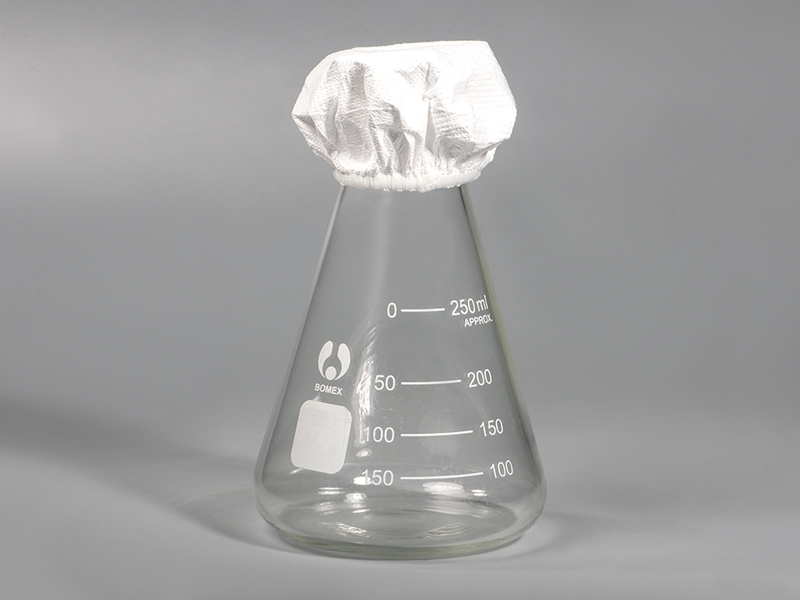
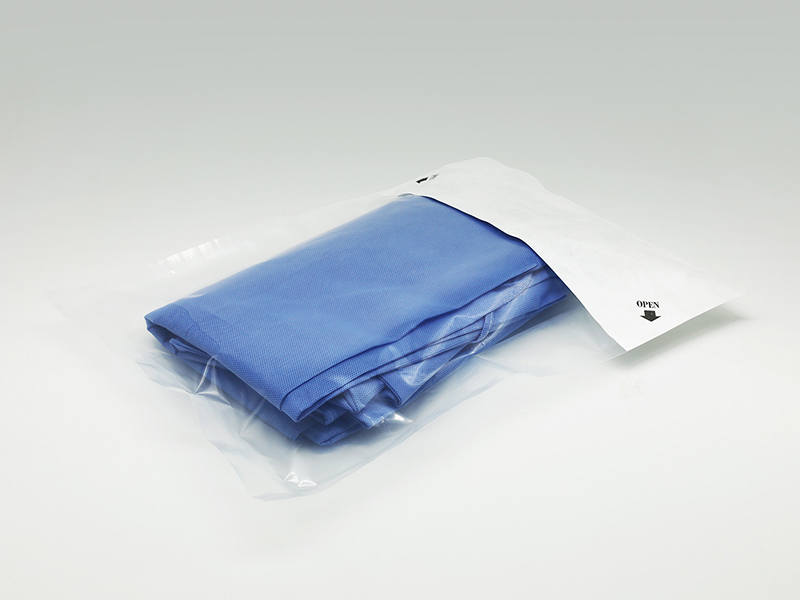



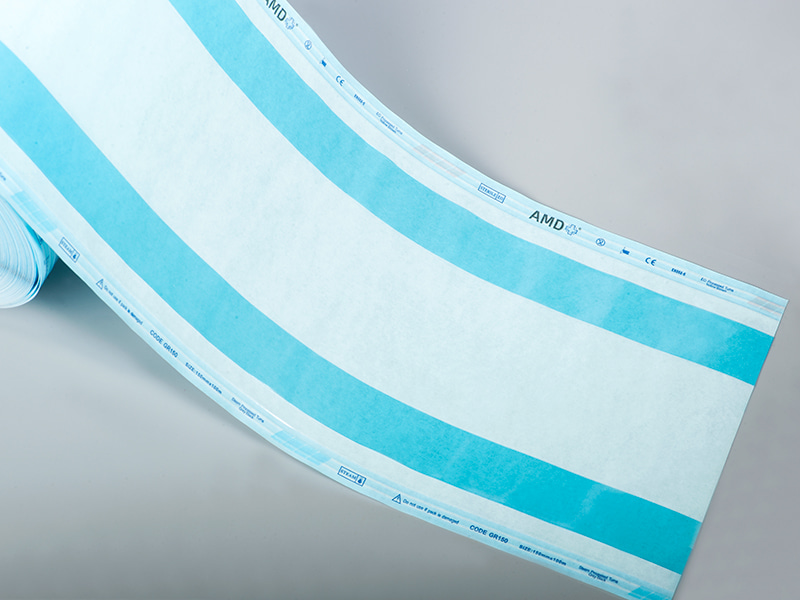
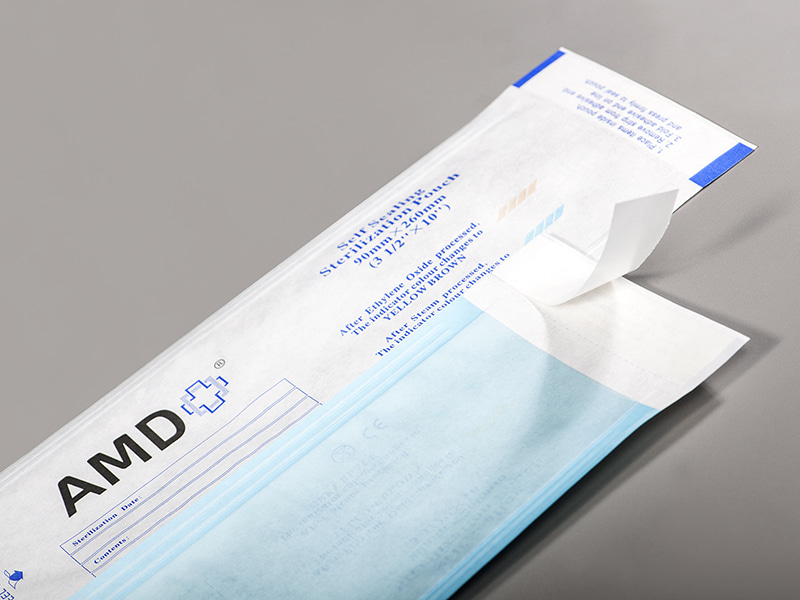
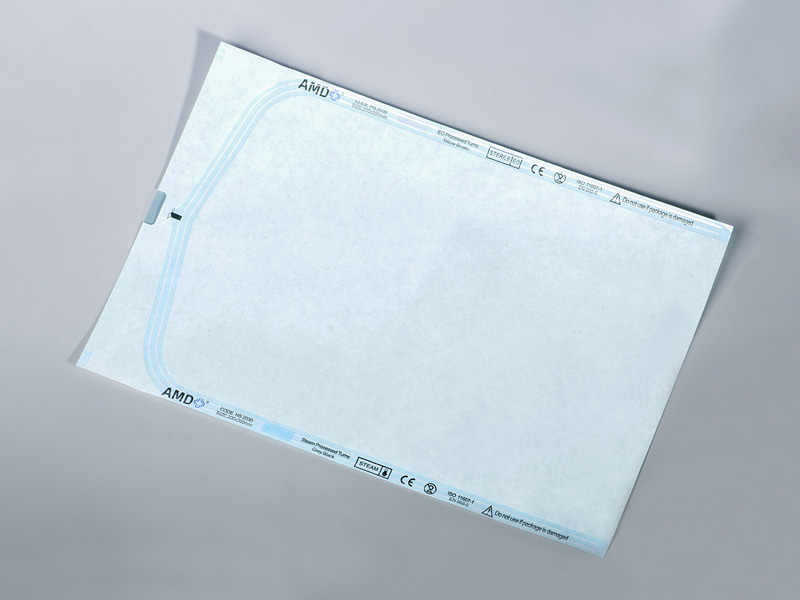
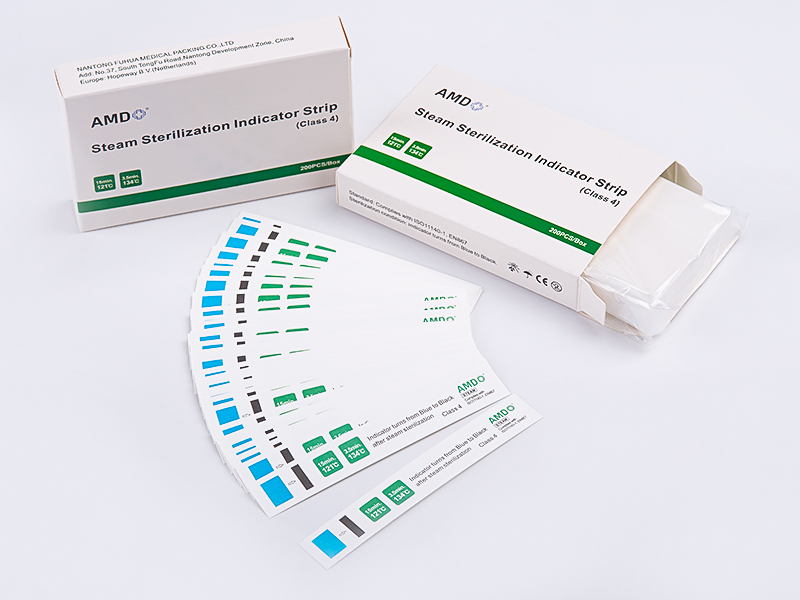
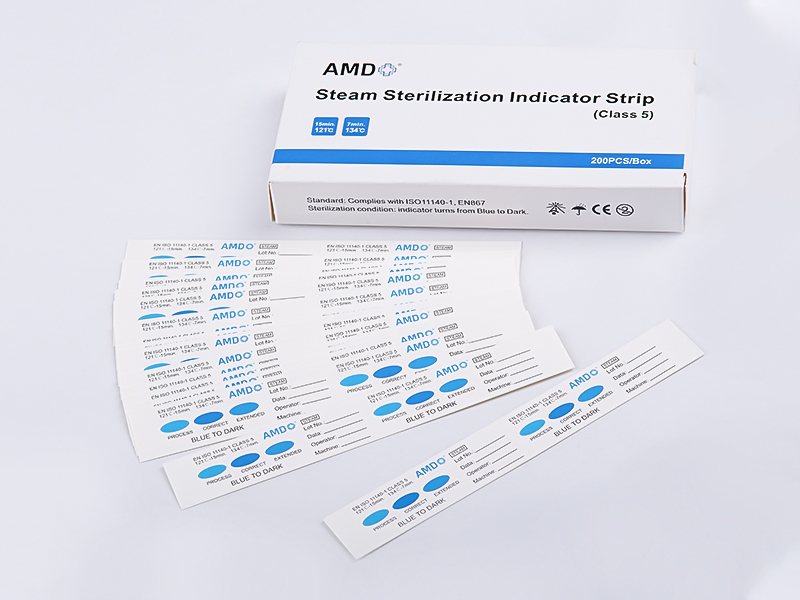

 ‘s-Gravenweg 542, 3065SG RotterdamThe Netherlands
‘s-Gravenweg 542, 3065SG RotterdamThe Netherlands
 +31 (0)10 254 28 08
+31 (0)10 254 28 08
